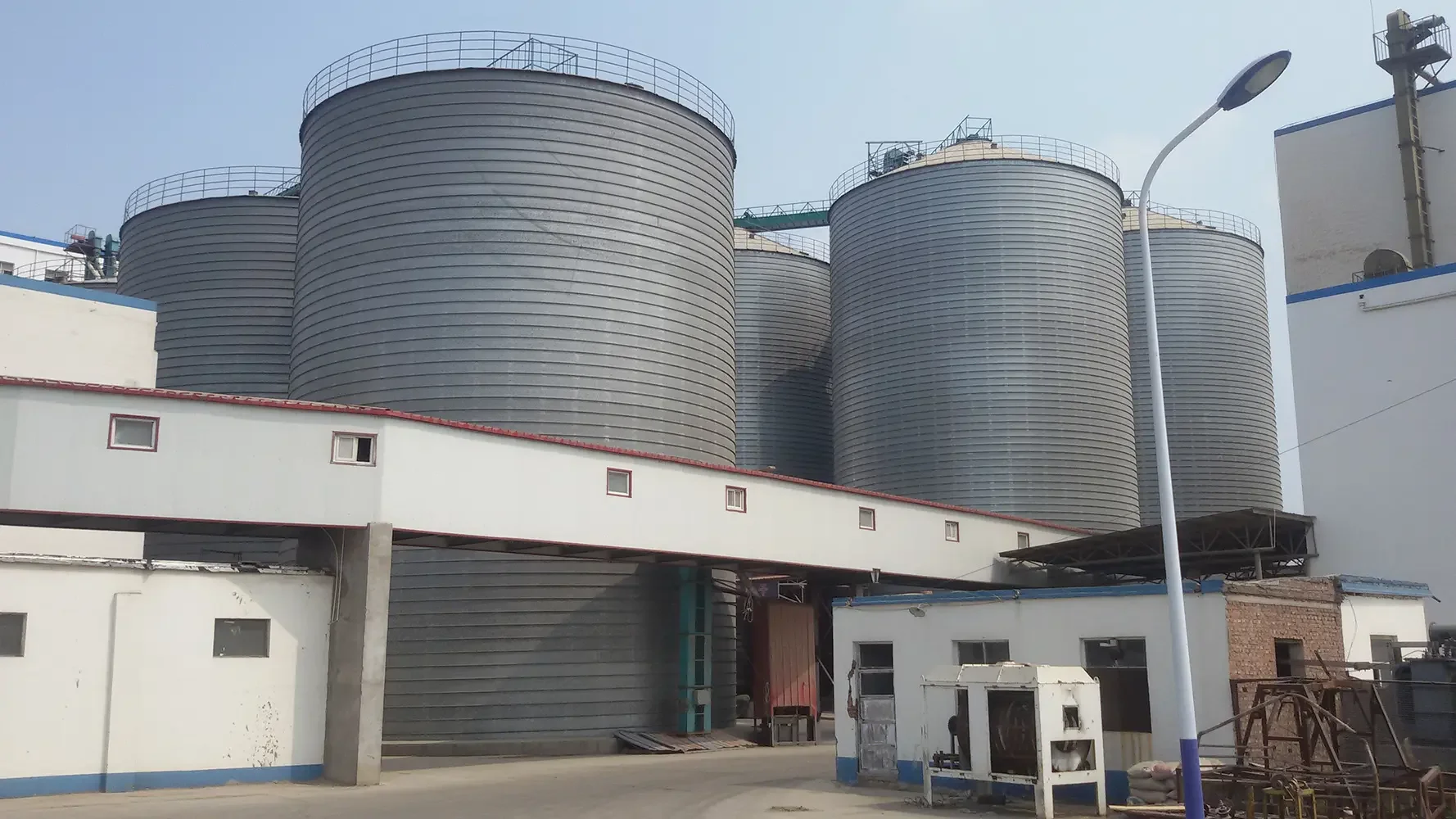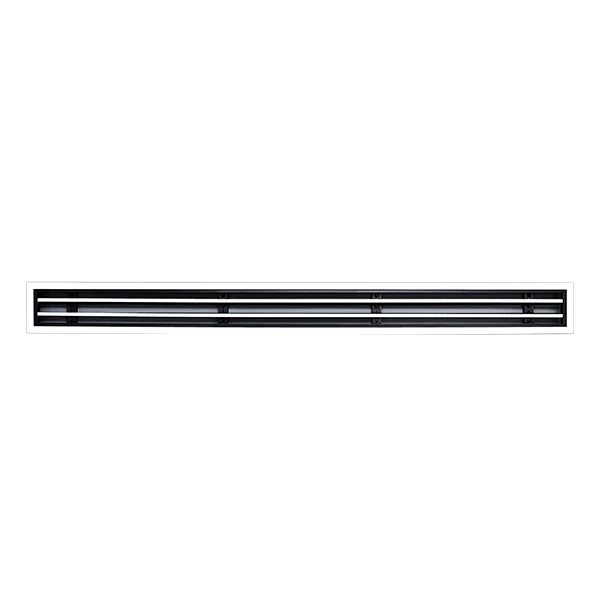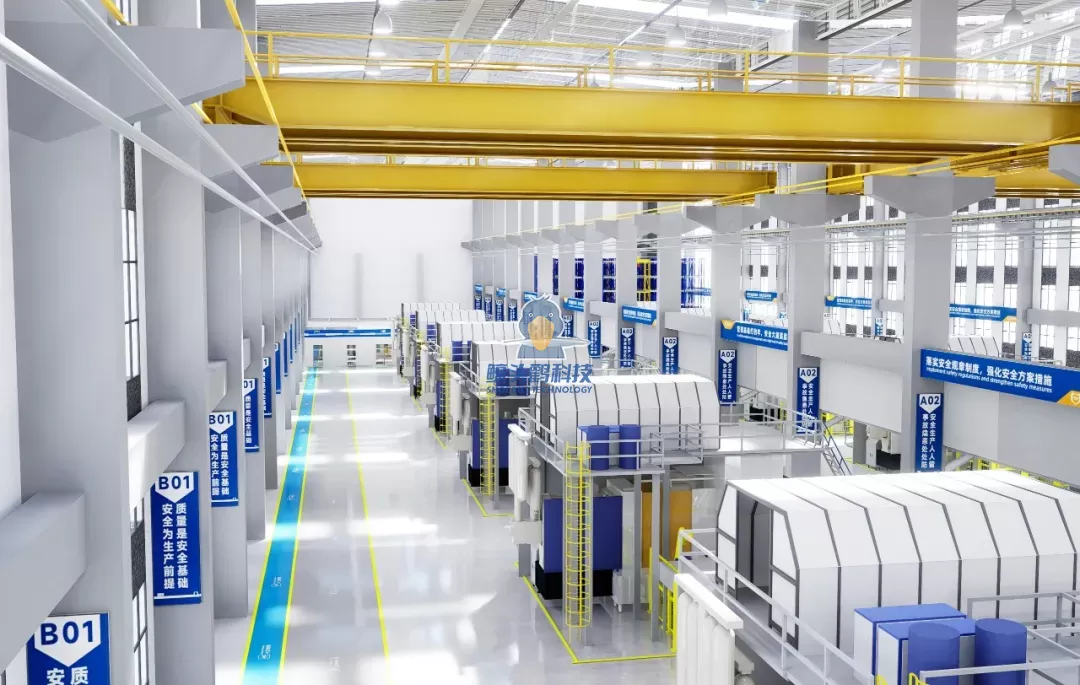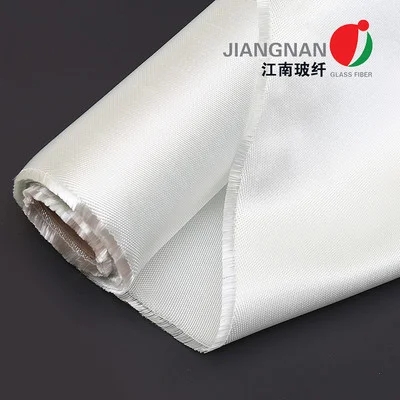When it comes to home improvement, one of the most impactful yet often overlooked elements is cladding. Cladding not only enhances the aesthetic appeal of your home but also provides insulation and protection against the elements. For homeowners looking to undertake a DIY project, the question arises: What is the easiest DIY cladding? In this article, we will explore various cladding options that are not only user-friendly but also budget-conscious, allowing you to transform your space with minimal hassle.
Understanding Cladding: A Brief Overview
Cladding refers to the application of one material over another to provide a skin or layer, which serves both functional and decorative purposes. Common materials used for cladding include wood, vinyl, metal, and composite materials. Each type has its own set of advantages and challenges, making it essential to choose the right one based on your specific needs and skill level.
- Vinyl Cladding: The Champion of Ease
Why Choose Vinyl?
Vinyl cladding is often heralded as one of the easiest DIY cladding options available. Its lightweight nature and interlocking panels make installation straightforward, even for those with limited experience. Additionally, vinyl is resistant to moisture, rot, and pests, making it a durable choice for various climates.
Installation Process
- Preparation: Start by measuring the area to be clad and purchasing the necessary materials. Ensure the surface is clean and free of debris.
- Framework: Install a framework of furring strips if needed, which will provide a solid base for the vinyl panels.
- Panel Installation: Begin at the bottom and work your way up, interlocking the panels as you go. Use a level to ensure each panel is straight.
- Finishing Touches: Trim any excess material and add corner pieces for a polished look.
- Plywood Cladding: A Rustic Charm
Why Choose Plywood?
For those who appreciate a more rustic aesthetic, plywood cladding can be an excellent choice. It is relatively inexpensive, easy to work with, and can be stained or painted to match your home’s style.
Installation Process
- Preparation: Measure and cut the plywood sheets to fit your desired area. Sand the edges to prevent splinters.
- Framework: Similar to vinyl, a framework of furring strips may be necessary for support.
- Panel Installation: Attach the plywood sheets using screws or nails, starting from the bottom. Ensure each sheet is level before securing it in place.
- Finishing Touches: Apply a weather-resistant sealant or paint to protect the wood from the elements.
- Composite Cladding: The Best of Both Worlds
Why Choose Composite?
Composite cladding is made from a blend of wood fibers and plastic, offering the aesthetic appeal of wood with the durability of synthetic materials. It is resistant to fading, warping, and insects, making it a low-maintenance option.
Installation Process
- Preparation: Measure and cut the composite boards to size. Ensure you have the necessary fasteners for installation.
- Framework: Install furring strips as a base for the composite boards.
- Panel Installation: Start from the bottom, securing each board with screws. Composite boards often come with a tongue-and-groove design, making alignment easier.
- Finishing Touches: Trim edges and apply any finishing touches as needed.
- Metal Cladding: A Modern Touch
Why Choose Metal?
Metal cladding, particularly aluminum or steel, offers a sleek, modern look that is increasingly popular in contemporary architecture. It is highly durable and can withstand harsh weather conditions.
Installation Process
- Preparation: Measure and cut metal panels to fit your space. Safety gear is essential when working with sharp edges.
- Framework: A sturdy framework is crucial for metal cladding, so ensure your furring strips are securely installed.
- Panel Installation: Attach the metal panels using screws or rivets, starting from the bottom. Ensure each panel is level and aligned.
- Finishing Touches: Seal any joints to prevent water ingress and enhance the overall appearance.
Conclusion: Choosing the Right Cladding for Your DIY Project
When considering what is the easiest DIY cladding, it ultimately depends on your personal preferences, skill level, and the specific requirements of your project. Vinyl cladding stands out for its ease of installation and low maintenance, while plywood offers a rustic charm. Composite materials provide durability with a wood-like appearance, and metal cladding adds a modern flair.





+ There are no comments
Add yours